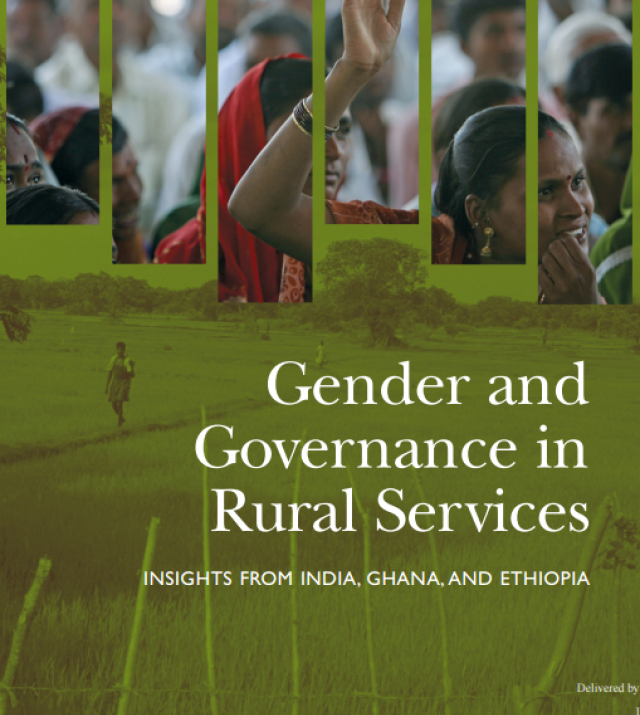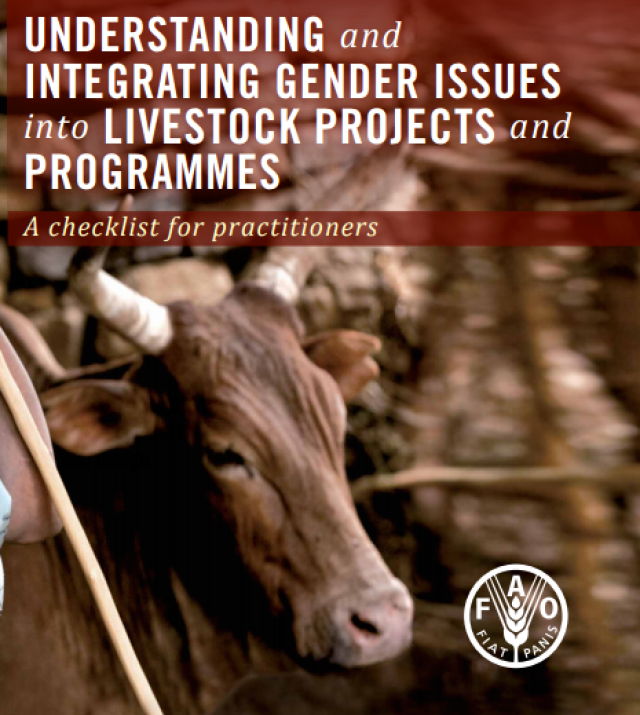
Gender in Agriculture Sourcebook

Three out of every four poor people in developing countries live in rural areas, and most of them depend directly or indirectly on agriculture for their livelihoods. In many parts of the world, women are the main farmers or producers, but their roles remain largely unrecognized.
Gender inequalities limit agricultural productivity and efficiency and in so doing, undermine development agendas. Failure to recognize the different roles of men and women is costly because it results in misguided projects and programs, forgone agricultural output and incomes, and food and nutrition insecurity. It is time to take into account the role of women in agricultural production and to increase concerted efforts to enable women to move beyond production for subsistence and into higher-value, market-oriented production.
This Sourcebook is a particularly timely resource. It combines descriptive accounts of national and international experience in investing in agriculture with practical operational guidance on to how to design agriculture-for-development strategies that capitalize effectively on the unique properties of agricultural growth and rural development involving women and men as a high-impact source of poverty reduction. It looks at gender equality and women’s empowerment, and the associated principles have the potential to make a difference in the lives of hundreds of millions of rural poor.
This Sourcebook is a joint project of the World Bank, the Food and Agriculture Organization (FAO) of the United Nations, and the International Fund for Agricultural Development (IFAD). We are grateful to the teams in these organizations for their tremendous efforts to bring over 100 experts together and to produce this significant contribution to our development work.
